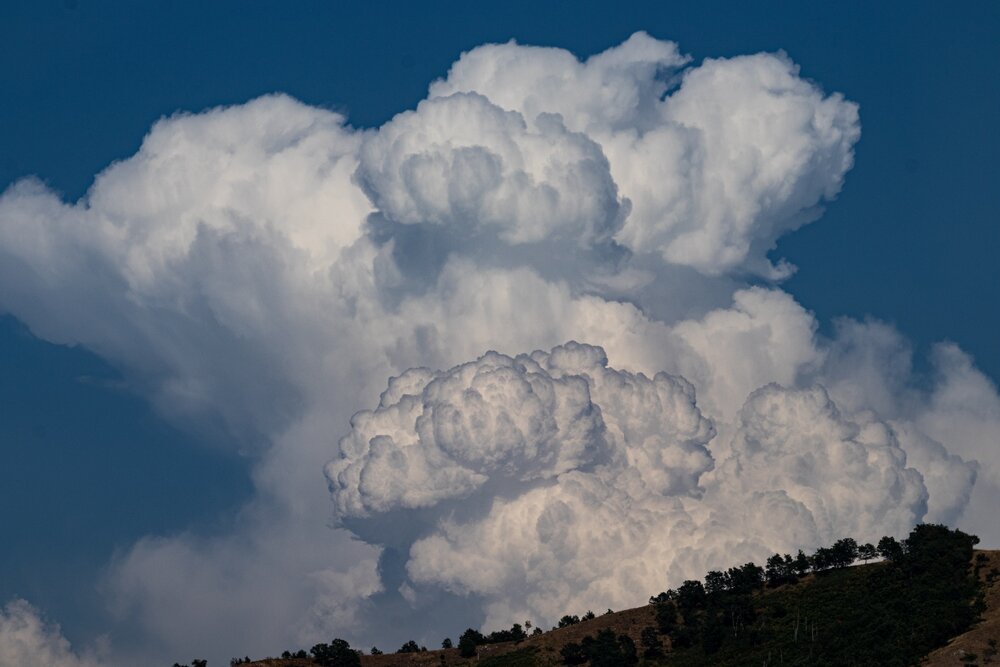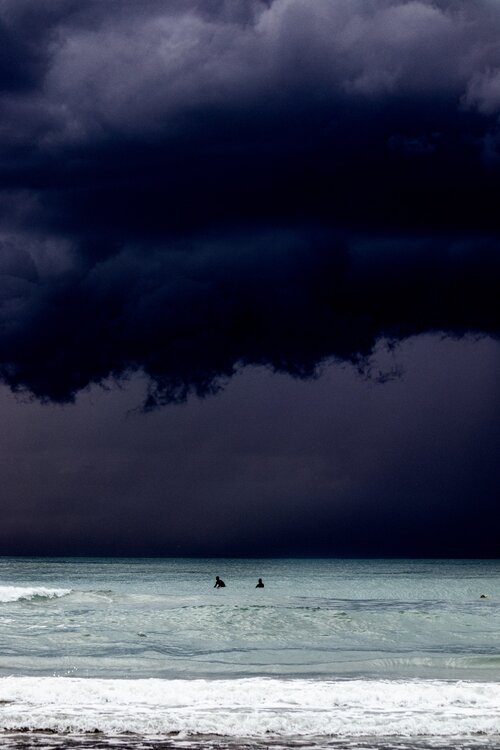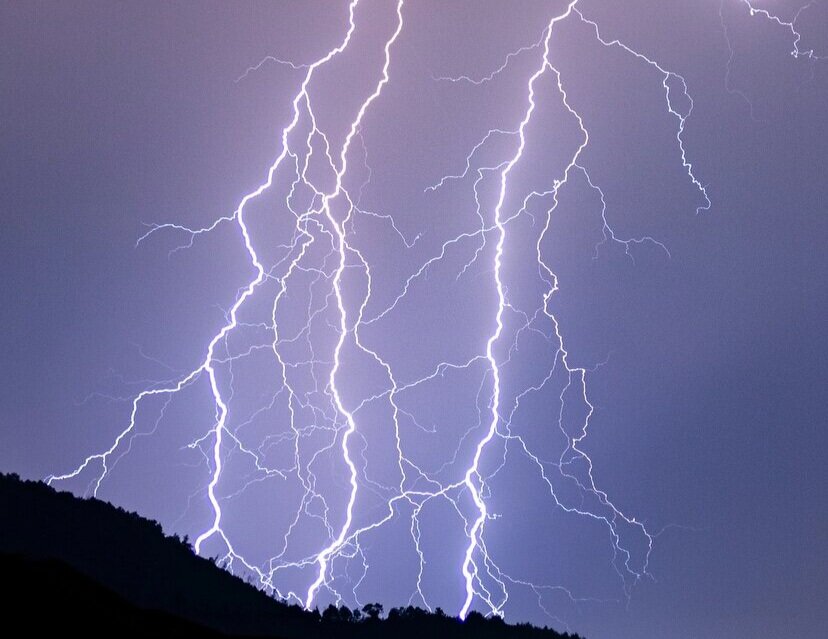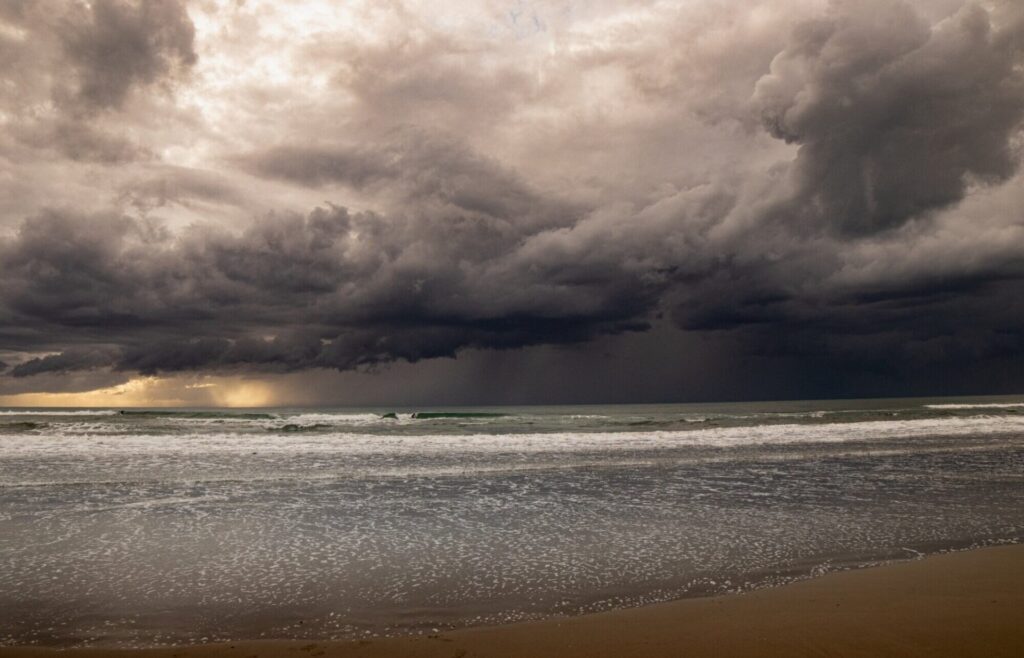Rider On The Storm
Story & Photography | Angelo Concilio
Angelo Concilio is a 21-year-old storm chaser from the port city of Salerno, in the south of Italy. Two years ago he took up storm chasing, a hobby that has led him to photographing extreme weather around his tempestuous home region of Campania and beyond. This is the story of how, and why, he does it.
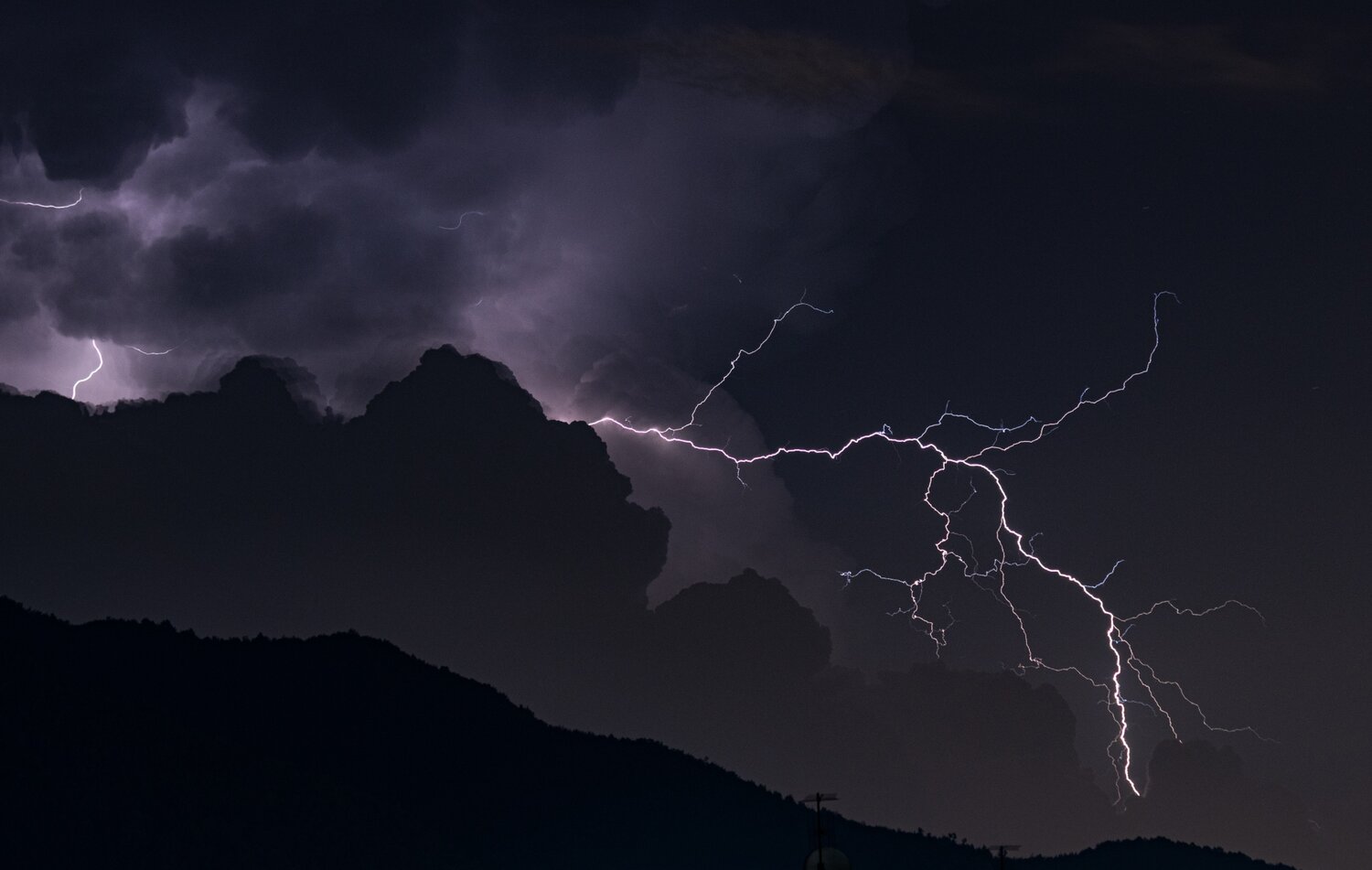
As I child, I was terrified of storms. Especially those that occurred in the summer, when a strong contrast between hot and cold air made them particularly violent. I remember one occasion in August, when I had just turned six, I was out shopping with my parents just a few kilometres west of Salerno when suddenly there was a loud noise coming from the direction of the Apennine Mountains.
A huge cumulonimbus cloud split the sky in half, with hot and sunny weather on one side, and a very strong thunderstorm on the other. As the storm got closer, lightning fell a few hundred metres from us, and hail whitened the streets in minutes. This was a totally new experience for me, and I ran into my father’s arms in terror. It’s a memory that remains with me to this day. I was afraid. But I was also in awe.
Like the pull of a gripping horror movie, my fear morphed into fascination as I grew older. When a thunderstorm broke out at night, I would rush to my window to witness the night’s sky put on a brilliant show. As a young boy without a computer, I wasn’t able to access meteorological forecasts or detailed weather maps. But if I heard thunder, or sensed the sky was threatening, I would wait giddily in anticipation, ready with my parents’ camera in the hope of capturing a fleeting moment forever.
This led to my interest in photography, focusing mainly on the beautiful landscapes that form my home region of Campania. Here in Salerno, we are fortunate to have the Amalfi Coast to the west, and Cilento National Park to the south. Our coastline overlooks the southern Tyrrhenian Sea, between the Gulf of Salerno and the Gulf of Policastro. It is an area of natural beauty, and a perfect canvas on which storms can paint their beguiling magic.
The first time I captured lightning striking just a few metres away, was really special. From that moment on, it became almost like my drug
Before long, my landscape photography focused almost exclusively on the niche that was getting the most attention and bringing me the most joy: storms. What once frightened me is now an intense adrenaline rush. The first time I captured lightning striking just a few metres away, was really special. From that moment on, it became almost like my drug.
The storm season in southern Italy lasts almost all year, but the best time to hunt is from March to November, when the contrasts between cold and warm air are at their highest. At the end of winter, with the lengthening of the days and the longer daylight hours, the ground heats up more than in the colder months. Consequently there is more energy in play.
Living a few kilometres from the southern Apennines, thermo-convective thunderstorms often occur during the afternoon. They are characterised by the development of huge cumulonimbus ‘anvil’ clouds that develop up to the highest limits of the tropopause: the boundary in the Earth’s atmosphere between the troposphere and the stratosphere.
At the height of the thunderstorm season, it’s possible to see storm cells at sea, often associated with the arrival of a cold front that accompanies them. These are viewed as being more dangerous, since the warm sea provides more energy than the spring or winter months. Most of the time they develop at night, when it is easier for us storm chasers to photograph lightning associated with waterspouts or tornadoes.
For me, the best conditions in which to shoot storms are when there are isolated thunderstorms expected. This ensures the rest of the sky is clear, especially during the darkness of night when you can admire the lightning bolts flashing out from the storm. Known as ”positive lightning’’, it is perhaps the most fascinating electrical manifestation that can develop from thunderstorms. These are extremely powerful discharges that are among the longest lightning that can be observed during a thunderstorm. Arising from young cumulonimbus clouds, they have the peculiarity of appearing to fall from a great distance from the cloud that generated them.
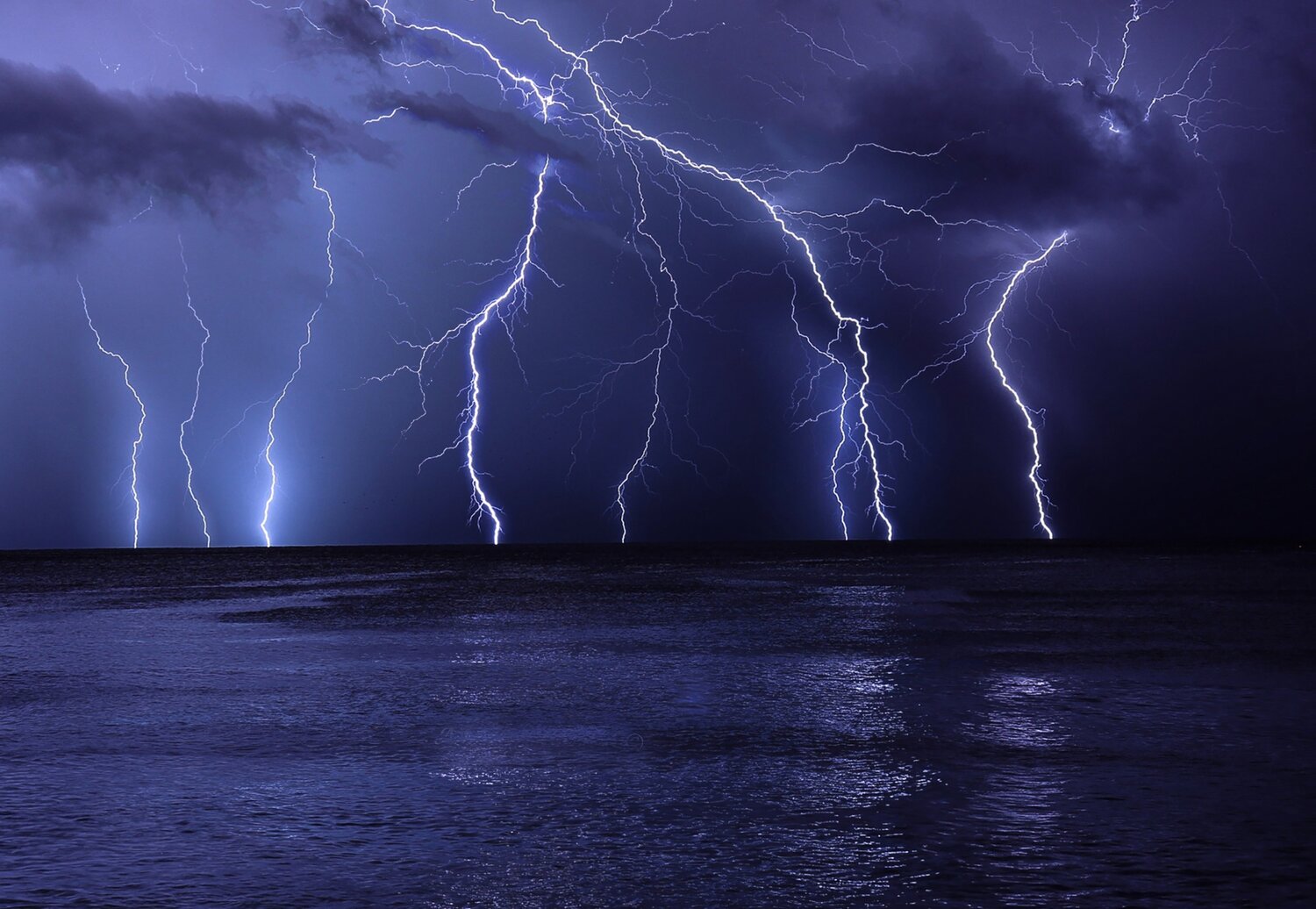
After consulting the weather bulletins and the medium and long-range forecasts, my storm chasing friends and I decide where to position ourselves the day before. Then three or four hours before the storm is due to arrive, we’ll jump in my Jeep and head to our chosen spot. My standard equipment includes my Canon EOS 200D camera, my various lenses (70-300mm, 50mm art, and a 14mm), and – key to a good shot – my fixed camera tripod. Given the chase lasts most of the day, snacks are a must.
People often ask me about the dangers of storm chasing. Put it this way: my parents are not too keen with my chosen activity. Before Covid, my day job was as a wedding photographer. They certainly preferred me photographing newlyweds, because it is of course a lot less risky. But it’s also a lot less exciting!
The truth is that storm chasing is quite dangerous, especially to those who set out to chase storms without acknowledging the risks, or respecting nature, or doing their research. Most accidents caused by lightning occur outdoors. You are most at risk in the mountains, but all large and exposed places such as a lawn or a soccer field can be a dangerous place to be during a storm. Especially anywhere in the presence of water, such as the sea, beaches, piers, docks or outdoor pools.
But it is not only lightning that is dangerous. Among the most dramatic and worrying effects of climate change is the increasing extremes of weather phenomena, destined to become increasingly violent as temperatures rise. A frightening change that is already underway has seen hurricanes becoming more powerful and destructive. Near the coasts, if you are near large plains, you can also experience waterspouts or tornadoes that can be very dangerous to human life. I once witnessed this danger myself, and I’m thankful that I live to tell the tale.
It was the evening of October 3rd, 2019. Some weather models had offered a small chance of thunderstorms, and right on the Gulf of Salerno there formed a self-healing thunderstorm. This is a phenomenon that feeds itself and regenerates due to the contrast between the warm and humid low altitude air and the cool and drier high altitude air. On this occasion, it brought gusts of over 100km/h and a flurry of hail, hitting first the city centre, then the coastal area.
I was almost killed as two bolts struck just a few hundred metres from our beach
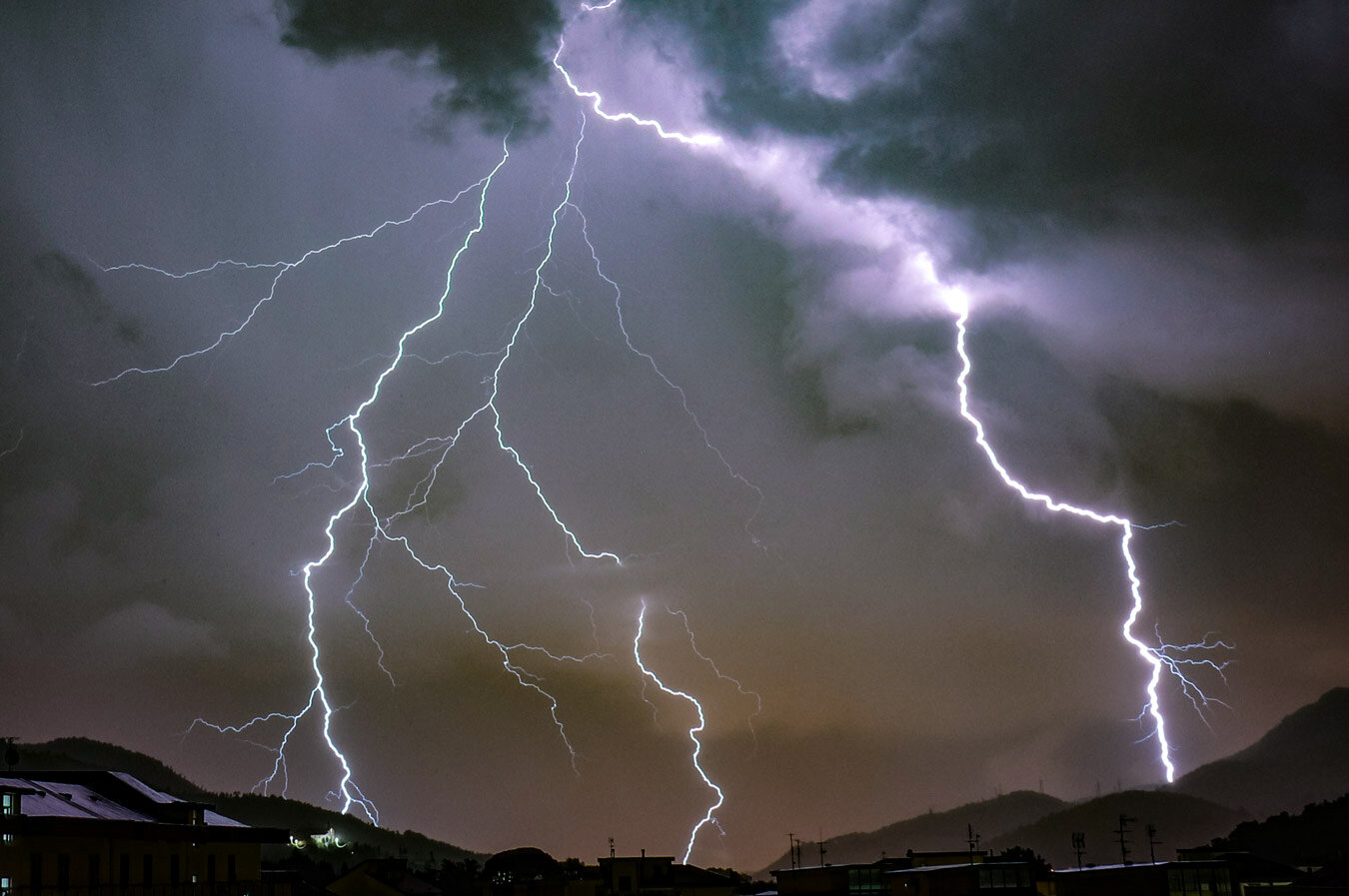
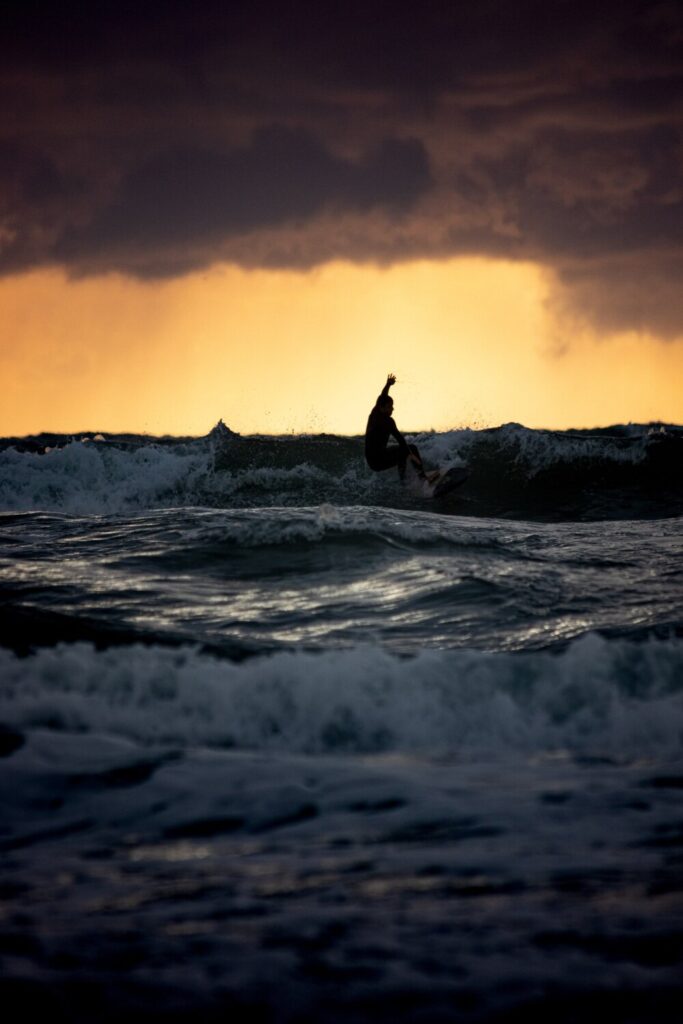
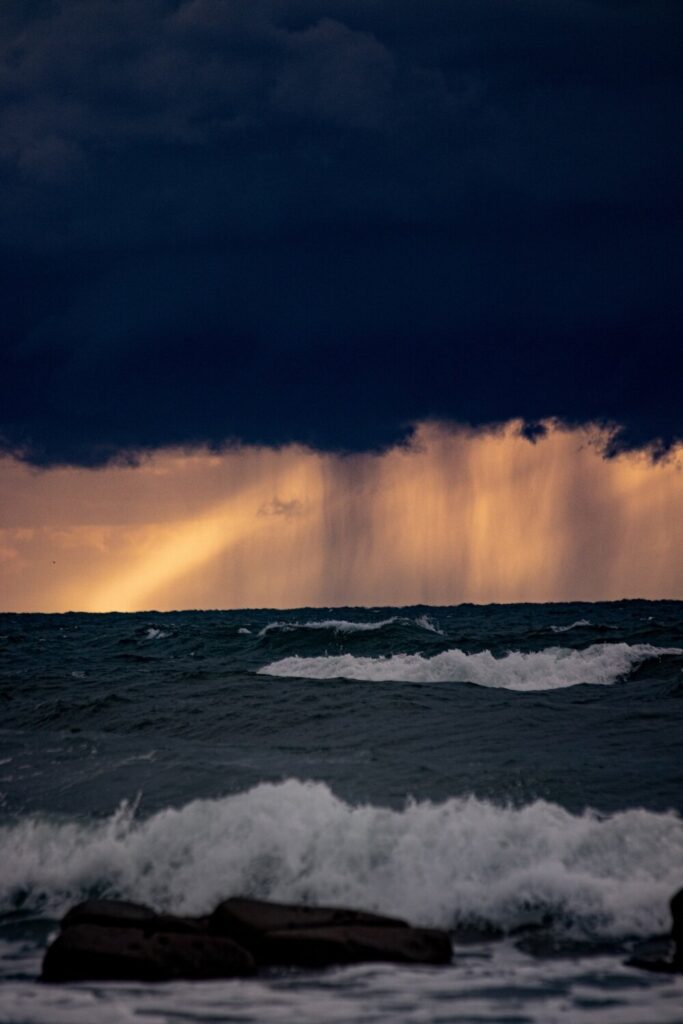
In a hurry to capture it, me and a friend positioned ourselves a few metres from the beach to shoot the lightning. And while the picture that came out is amazing, I was almost killed as two bolts struck just a few hundred metres from our beach. It was a moment of pure terror, since we were positioned just steps from sea level! It was an epic experience, but really scary. Would I do it again? I would. But with a few more precautions this time.
On another occasion in 2020, I was on the beach at Cilento National Park with friends who were surfing in the sea. A strong Atlantic disturbance had scourged southern Italy, bringing thunderstorms that resulted in huge waves in the Tyrrhenian Sea. After a few hours, a strong storm formed over the Gulf of Salerno, slowly approaching us. All of a sudden, electrical discharges came down a few hundred metres from the surfers! I had to call my friends out of the water because of the very dangerous situation. It was a captivating and epic thrill. My photos of that day resembled the foreboding scenes of doom in Netflix’s Stranger Things.
Recently I started working for Extreme Weather Club, which works to promote and publish the work of storm chasers all over Europe. But one day soon I aim to expand my storm chasing journey beyond Italy’s horizons. I would love to go to Venezuela where electrical storms are guaranteed almost all year round on the Catatumbo River and Lake Maracaibo. It’s one of the most fascinating places on the planet for those drawn to extreme weather.
Another dream trip would be the USA, where it’s possible to see and photograph supercells, tornadoes and lightning all at the same time. My hope is to one day join a team of storm chasers in the USA and around the world, working with The Weather Channel or National Geographic. Maybe that will be the day that my parents finally accept my chosen career.
To read more about Angelo’s storm chasing experiences in southern Italy, head to Discoverinteresting.com
Don’t miss a single adventure
Sign up to our free newsletter and get a weekly BASE hit to your inbox
You might also like
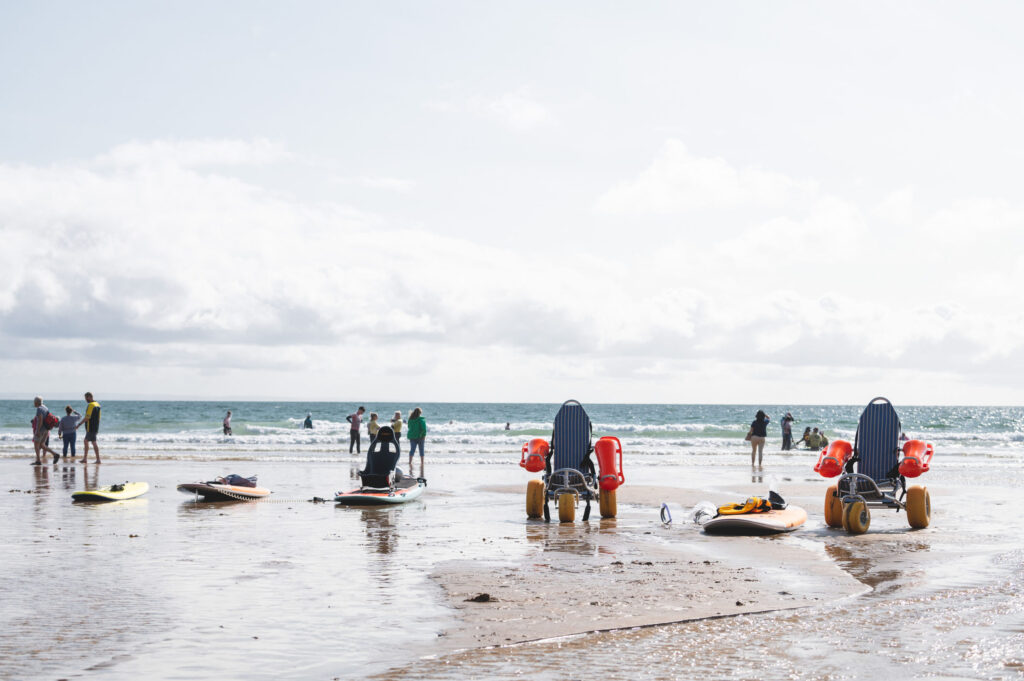
Story • Hannah Dines • Mar 01, 2023
Let My Disabled People Go Surfing
How do we ensure our coastlines are accessible to all? Para athlete and adaptive surfer, Hannah Dines finds out
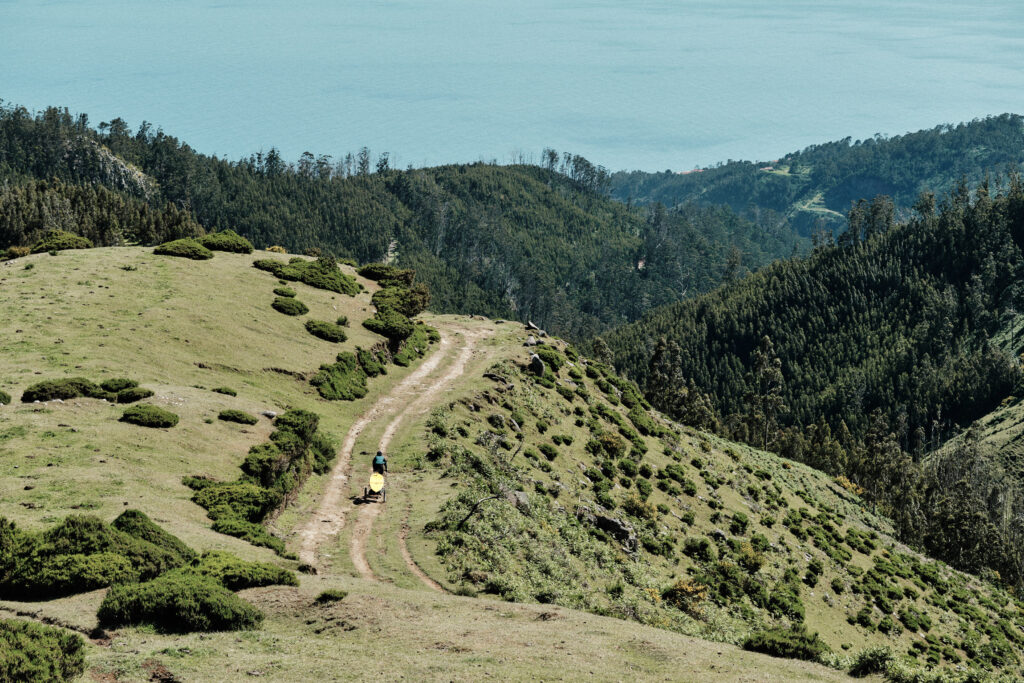
Story • Sami Sauri • Jul 13, 2022
32 Degrees North: Bikes and Waves on Maderia
Sami Sauri explores the best of this Atlantic island by bike and surfboard
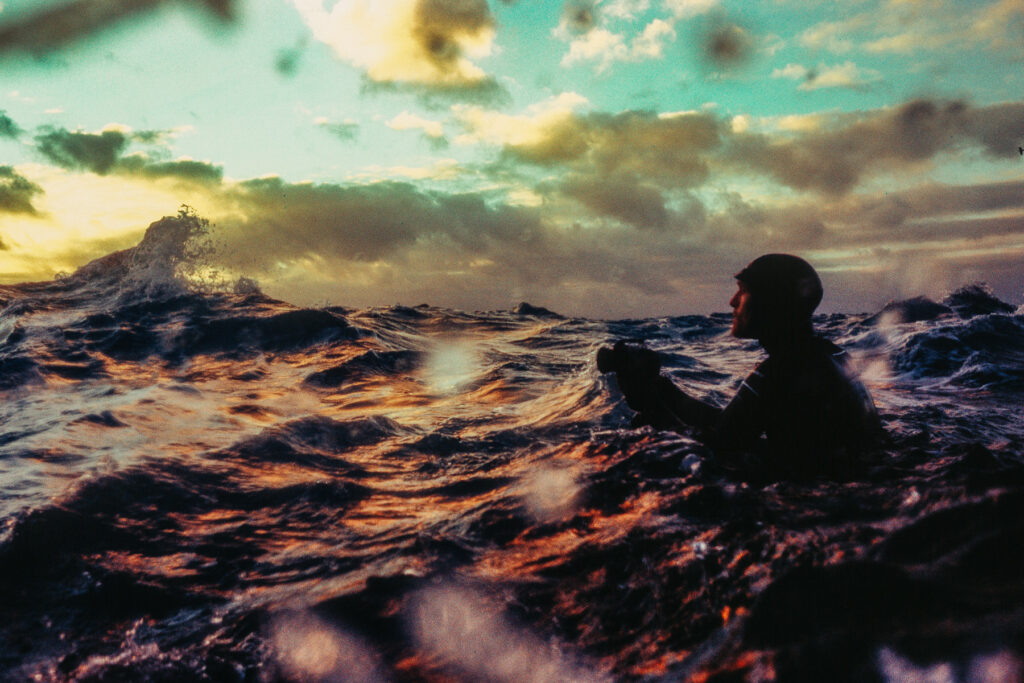
Video • BASE editorial team • Mar 11, 2022
Recollections in Atlantic Reverie
A lifetime of human hearts bewitched by the sea
